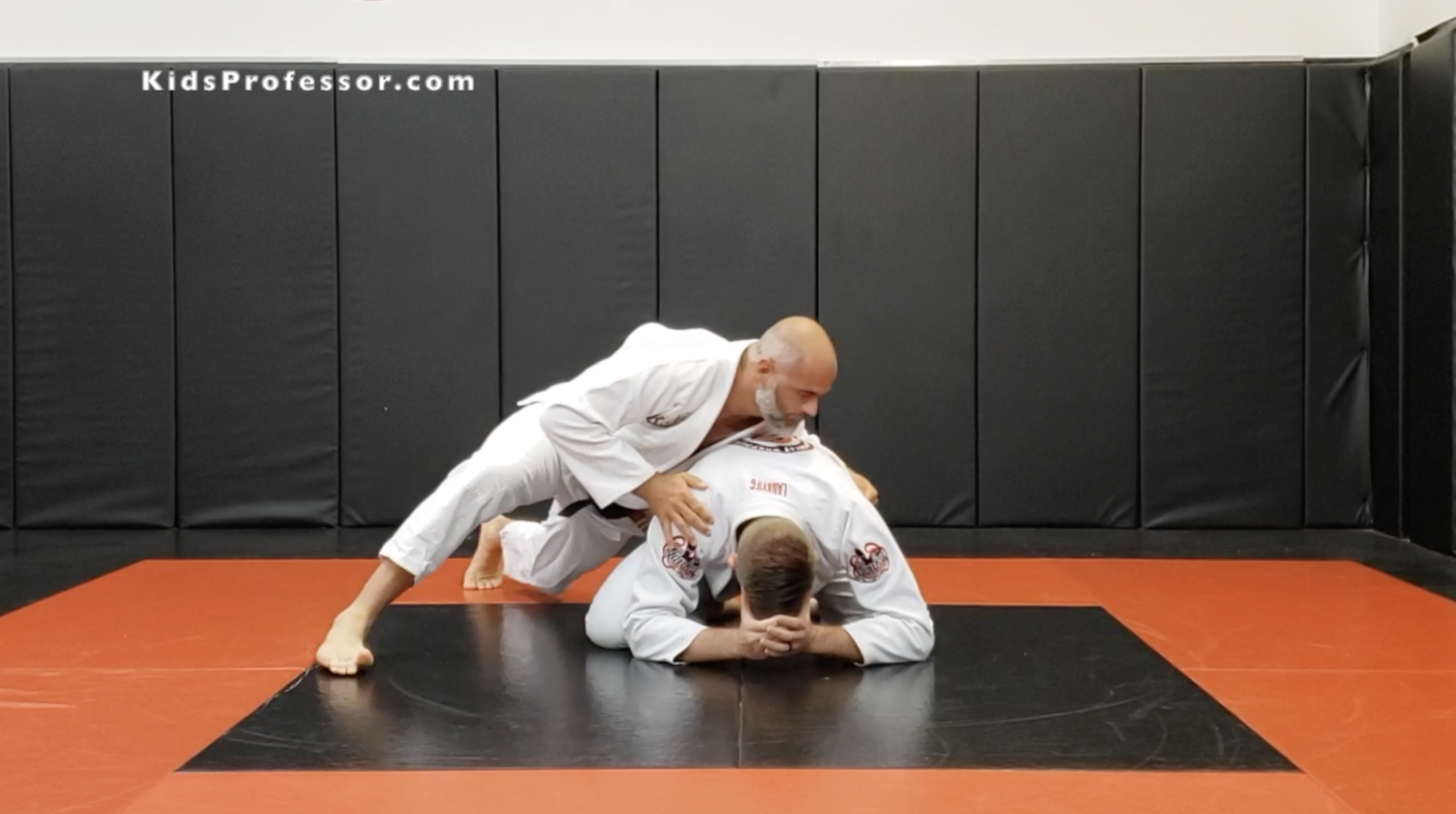The Importance of Drilling
What is a drill?
A drill is a known movement, or a set of movements, repeatedly practiced to build competence and efficiency for application of technique in combat (real or simulated).

What are the Benefits?
Maximum practice in a short amount of time.
Encourages practice on both sides.
An effective, sport-specific workout that develops sport functional strength and endurance.
The drills included in this curriculum are gross motor movements that can be used as functional warmups for Brazilian Jiu Jitsu.
Allows high effort repetition with reduced impact on the body (compared to sparring).
Why Should I Drill?
When learning a physical movement, it is important for a student to practice the movement. It is also important to recognize that some movements are used with a higher frequency while applying Brazilian Jiu Jitsu. Becoming highly proficient in these sport-specific transitions can lead to increased application of techniques in live training.
If we agree that practicing a movement is crucial in gaining proficiency, then we must also recognize that training time is a valuable resource. Drilling allows for maximum practice by eliminating the frivolous transitions and resets.
How often should I drill?
Drilling should be a fundamental part of your training methodology. I believe there are three facets to a healthy program.
Learning - Duplication
Drilling - Replication
Resistance Training- Application
While it is not required for a lesson to contain all three facets, an effective curriculum will make use of all three regularly.
What should I drill?
I have included 22 drills in the Kids Professor Curriculum. These can serve as a great starting point for a youth program. However, this is not a comprehensive list of all drills in Brazilian Jiu JItsu. If you see a movement that you believe has value, I encourage you to isolate the important movement and create a repetitive drill. Simply put, a drill is repetitive practice of a known movement to increase proficiency.





















